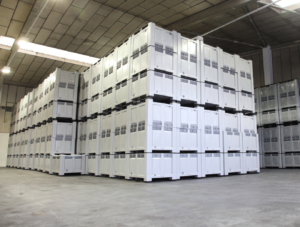
In December 2023 alone, £45 billion worth of goods were imported to the UK… Read more »

In December 2023 alone, £45 billion worth of goods were imported to the UK… Read more »

UK food-on-the-go retailer, Greggs, have announced it’s entering into a lease agreement for a… Read more »
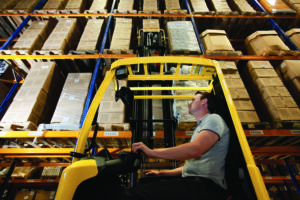
Robert O’Donoghue from Hyster Europe reveals the key trends and challenges affecting industrial manufacturing… Read more »
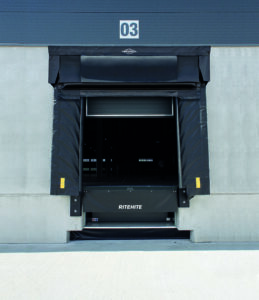
Rite-Hite, one of the leading manufacturers of loading bay and health and safety equipment,… Read more »
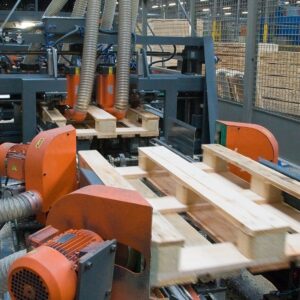
Manufacturing and reuse of wooden pallets increased significantly according to the most recent survey… Read more »
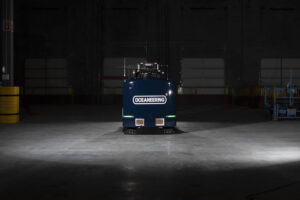
Oceaneering’s Mobile Robotics group has added an extra production campus in Orlando, Florida. The… Read more »

New research has revealed the emergence of major shifts in globalisation, as companies rush… Read more »
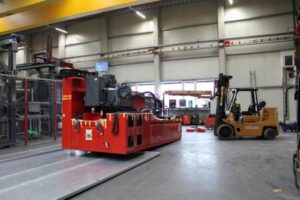
Returnable plastic transport packaging maker bekuplast has received at its manufacturing facility a new… Read more »
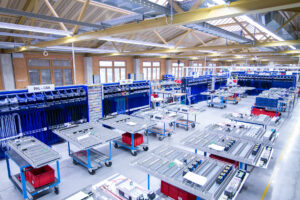
To ensure that Witron remains a strong partner for its customers and employees in… Read more »
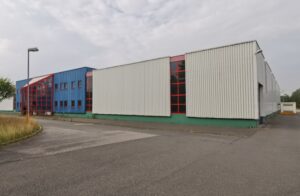
Interroll has laid the groundwork for a significant expansion of its product portfolio at… Read more »
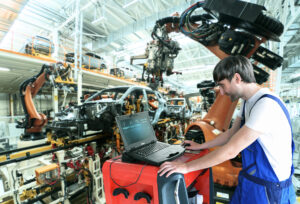
A new semi-rugged laptop has been launched by technology company Getac. The next-generation S410… Read more »
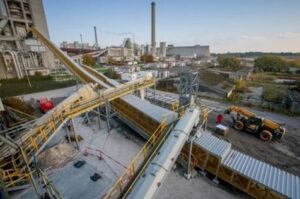
With its AFR Systems (Alternative Fuels and Raw Materials) business unit, BEUMER Group supports… Read more »

SupplyOn, a global collaboration platform for the manufacturing industry, is celebrating its 20th anniversary.… Read more »
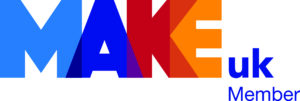
Microlise has joined manufacturers’ organisation MAKE UK, becoming a member alongside the UK’s leading… Read more »
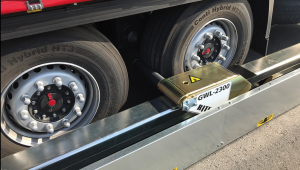
Rite-Hite, the loading bay safety business, has signalled a major investment in its European… Read more »
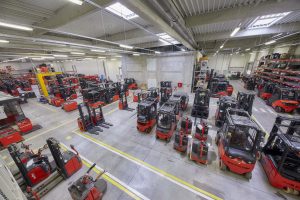
Linde Material Handling’s Remanufacturing Centre in Velké Bílovice near Brno (Czech Republic), which was… Read more »
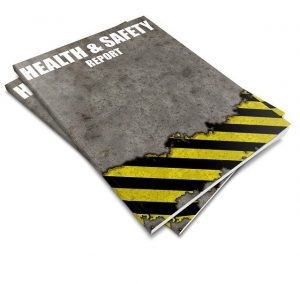
Following recent news that insolvency in the manufacturing sector is at a five-year high,… Read more »
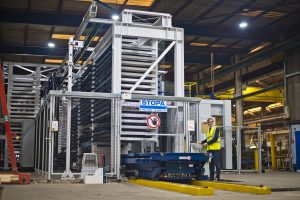
Don-Bur is investing £4 million in new plant, software and training to mass-produce a… Read more »

On-demand manufacturing platform Xometry has decided to implement Infor CloudSuite Industrial. Built on highly… Read more »
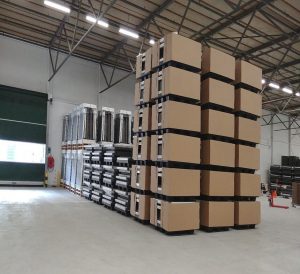
Softbox Systems, a provider of cold chain packaging for the pharmaceutical industry, is to… Read more »
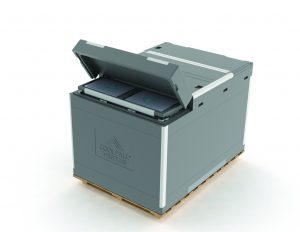
Peli BioThermal, a global name in temperature controlled packaging, is to expand its European… Read more »
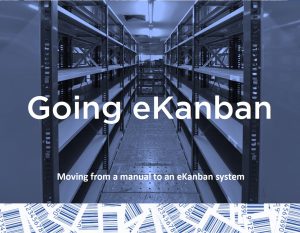
Synchrono, a leader in modern demand-driven manufacturing software and synchronization technology, has released a… Read more »

The Galway, Ireland manufacturing facility of Thermo King®, a manufacturer of transport temperature control… Read more »
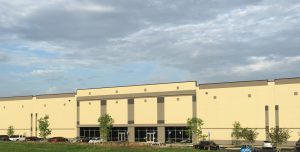
Vanderlande has launched its new Manufacturing and Distribution Centre in Georgia (GA), USA. The… Read more »
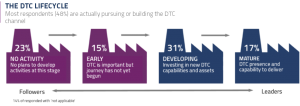
With revenue growth remaining challenging, almost half (48 per cent) of manufacturers are racing… Read more »
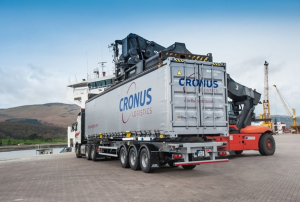 please click here.
please click here.
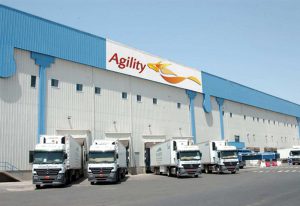
TCMs UK dealers visited the companys Pamplona, Spain production facilities recently to see first… Read more »
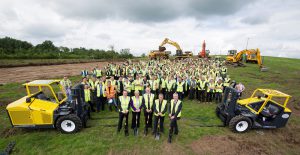
Combilift Ltd, the specialist manufacturer of 4-way forklifts and other innovative materials handling equipment… Read more »
Combilift Ltd. is to invest 40 million over the next two years in a… Read more »

Ivanti, a tech company that breaks down barriers between IT and security so that… Read more »

Chelmer Foods, a leading supplier of dried fruits, nuts, seeds, and pulses for industries… Read more »

Looking ahead to 2025, Supplyframe shares its predictions on the electronics supply chain industry,… Read more »
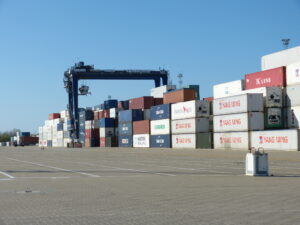
An acceleration in strategic reshoring moves by businesses worldwide to shift operations and supply… Read more »

Fly By Nite, renowned specialists in trucking, logistics and warehousing for the entertainment industry… Read more »

Delta, a global supplier of power management and a provider of IoT-based smart green… Read more »
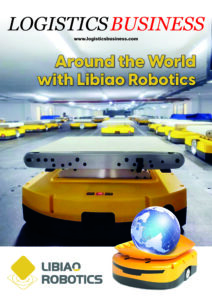
Logistics Business has published a new eBook on warehouse automation and robotics, in association… Read more »

Linde Material Handling (MH) is replacing its existing range of electric forklifts with a… Read more »

Rolls-Royce is struggling with persistent supply chain issues that are impacting its engine production… Read more »